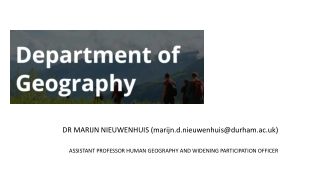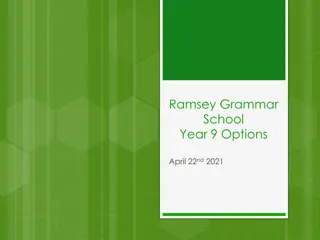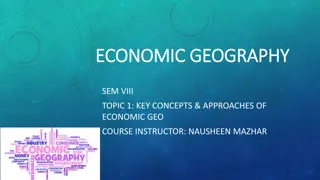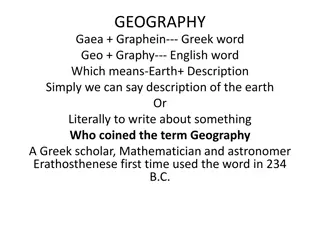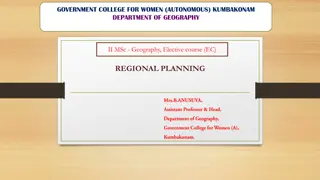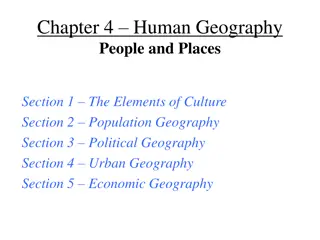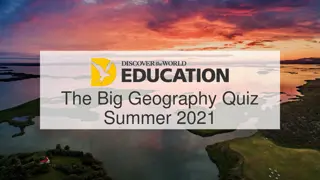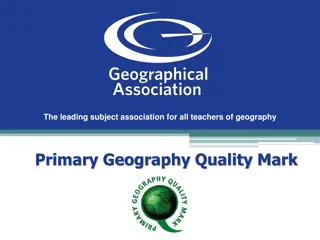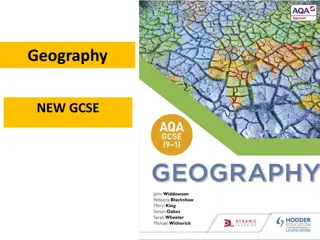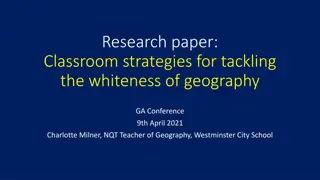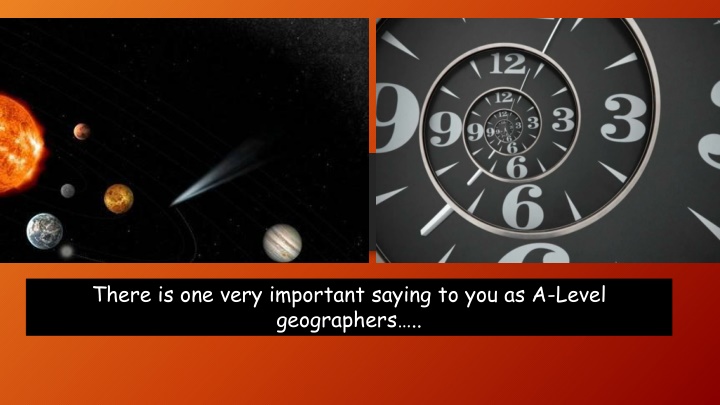
Mastering Spatial and Temporal Evaluation in A-Level Geography
Enhance your spatial and temporal evaluation skills as an A-Level geographer by delving into the importance of evaluating space and time, particularly within the context of the Australia Wildfires 2019. Understand spatial analysis, impact significance, and temporal evaluation scales to deepen your comprehension of dynamic global processes.
Download Presentation

Please find below an Image/Link to download the presentation.
The content on the website is provided AS IS for your information and personal use only. It may not be sold, licensed, or shared on other websites without obtaining consent from the author. If you encounter any issues during the download, it is possible that the publisher has removed the file from their server.
You are allowed to download the files provided on this website for personal or commercial use, subject to the condition that they are used lawfully. All files are the property of their respective owners.
The content on the website is provided AS IS for your information and personal use only. It may not be sold, licensed, or shared on other websites without obtaining consent from the author.
E N D
Presentation Transcript
There is one very important saying to you as A-Level geographers ..
Evaluate over space and time!
The Australia Wildfires 2019 Being able to evaluate over space and time is vital at A-Level. This work focuses on this skill and sets it in the scene of the Australia Wildfires 2019. Watch this: https://www.theguardian.com/australia-news/video/2019/nov/08/nsw- and-qld-fires-dozens-of-bushfires-burn-across-australias-east-coast-video We will look in-depth at the causes of wildfires and we will explore ways of mitigating and managing them, as a class in the new academic year. However, now is an excellent opportunity to build your confidence on spatial and temporal evaluation. Read on to check your understanding of these words.
Evaluating over space is crucial for you to demonstrate your understanding of the dynamic processes of our interconnected world. SPATIAL /SPACE Spatial the area / scale. Personal scale you. Local scale the area of Bourton. Regional - e.g: The SW of England. National England International Europe Global whole world.
How do you evaluate over space? Rather than simply stating an impact, you need to add significance to it. Spatial analysis which area was more severely impacted by the fires? Why was this? Is it an anomaly or was it expected? How did the intensity of the fire change from urban to rural? How did it change between poor communities and wealthy communities? Was the global impact less significant than the local? Challenge: What happens if you break impacts up into social / economic / environmental? Is the economic impact more significant on the national scale, but the environmental damage more significant on the global scale?
Evaluating over time is something TEMPORAL / TIME that you have done at GCSE. These words should ring a bell. Temporal time scales. Immediate. Short term. Mid term. Long term.
How do you evaluate over time? You are all familiar with categorising impacts into short term and long term. Now evaluate them. Temporal evaluation which short term impacts were most significant? Why? Are there any short-term impacts that have affected different groups of people differently? Which type of short-term impact was least significant? Social / economic / environmental? In the long term which impact was most significant? Challenge: How does temporal evaluation combine with spatial evaluation? How does it let us demonstrate the complexity of the event?
Your Task: End goal: to produce a report/poster/presentation that clearly outlines the spatial and temporal impacts of the Australia 2019 wildfire event. Read the next slide to determine what you MUST include, what you SHOULD include if you want to get ahead and what you MIGHT include if you really want to gain skill in evaluating over space and time (ready for some AS style questions).
Suggestions what you must include, should include and might include. SHOULD - All of MUST plus: Graphs / data presentation that you can analyse to demonstrate the significance of the impact. Remember: Trends, Anomalies, Manipulate the data and LINK to significance to make your point. MIGHT - All of SHOULD plus: Comparison to the Japan Tohoku Earthquake. TASK: Justify which event had a greater NATIONAL impact. MUST Times, dates, locations. Factual, quantifiable data. At least 1 map to support. At least 1 photograph to support. 5+ impacts linked to space. 5+ impacts linked to time. A clear evaluation of these impacts which was the most significant and why? HINT: you could break this into S/E/E/P to help find the answer. It doesn t have to be a neat answer either.
Resources Use reliable websites to gain your information. Go back over the slides to ensure you understand what is meant by spatial and temporal evaluation this is the key skill you are focusing on make sure it shows. Do not copy and paste chunks of information. This should be in your own words. Talk around your maps could you find a choropleth map for example which would show the damage of the event? This could help you spatially evaluate the event. Some bits and bobs are suggested here for you however do not rely just on these.
NEWS ARTICLES https://www.bbc.co.uk/news/world-australia-50951043 https://disasterphilanthropy.org/disaster/2019-australian- wildfires/ https://www.theguardian.com/australia- news/2019/dec/25/factcheck-why-australias-monster-2019- bushfires-are-unprecedented
Ideas for the Should task How many more times greater is this fire than the others? Manipulate the data.
Ideas for the Should task How would you extrapolate this data?


